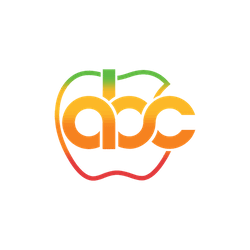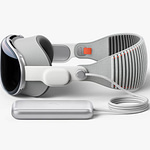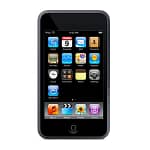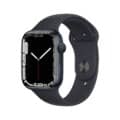- All Apple Devices
- iPod
- Apple iPod Nano 4th Generation
Apple iPod Nano 4th Generation
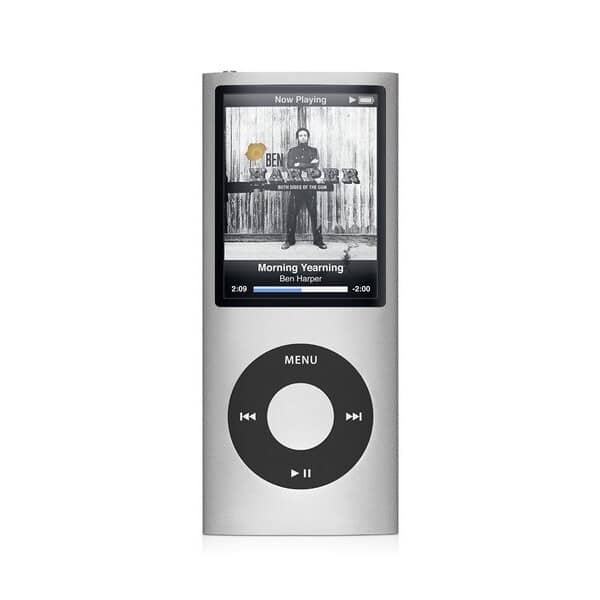
iPod Nano 4th Generation
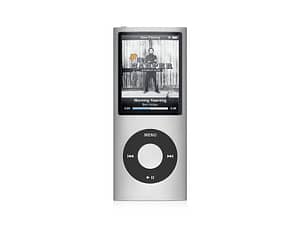
Product Brand: Apple
3.5
Pros
- Slim and compact design makes it easy to carry around
- Decent battery life for its time
- Large storage capacity for music and photos
- Improved user interface compared to previous models
- Ability to record voice memos and use it as a pedometer
Cons
- No video playback feature
- No Wi-Fi or Bluetooth connectivity
- Limited support for audiobook and podcast playback
- No camera or video recording capability
- No support for apps or games
Apple iPod Nano 4th Generation Review and Features
At the Apple Let’s Rock Event on September 9, 2008, the iPod Nano Fourth Generation was officially announced. It returned to the narrow form factor of the 1st and 2nd Generation model while retaining and rotating the 51-millimetre (2.0 in) screen from the 3rd gen model.
It was also thinner than the first, second, and third-generation Nano, measuring 90.7 millimetres (3.57 in) tall by 38.7 millimetres (1.52 in) wide by 6.2 millimetres (0.24 in) thick and weighing 36.8 grams (1.30 oz). It had a curved aluminium shell and glass screen (the glass screen being held in place with nothing but the shell). Apple claimed the battery would last 24 hours of music playback, and only 4 hours of video playback, compared to the 5 hours of the previous generation.
The six previous colours (silver, black, mint, turquoise, berry red, and rose pink) were replaced by silver, black, purple, light blue, green, yellow, orange, red and pink, for a total of nine. However, the Product Red colour was only available directly from Apple (website and retail stores).
Apple marketed the new colours as “Nano-chromatic”. Also added was an accelerometer which allows the Nano to shuffle songs by shaking it, the option between portrait and landscape display modes by tilting the iPod left or right, and access to Cover Flow when tilted sideways.
Videos, however, could only be played in landscape mode. The user interface was also refreshed, adding a more stylized look in keeping with the new hardware design. It included a new voice recording feature which started automatically when an Apple-compatible microphone was plugged in. It also included the new “Genius” feature, introduced by Apple the same day. The Genius feature automatically creates playlists based on a selected song using an algorithm built by Apple.
It was additionally touted as “the most environmentally friendly iPod Apple has ever made”, containing arsenic-free glass and a BFR-, mercury-, and PVC-free design. It was also claimed to be highly recyclable.
The iPod Nano fourth-generation was shipped in cases similar to the second-generation ones with a clear view in the front and is marketed in three models: 4 GB (limited production to Europe only) and 8 GB and 16 GB.
Limited quantities of an unannounced 4 GB model surfaced in various markets. Also, the iPod Quiz game was dropped and replaced with a Maze game, which uses the iPod’s accelerometer, similarly to such games on the iPhone and iPod Touch.
The fourth generation dropped support for charging via FireWire. “This change means that any dock accessories that use the dock connector’s FireWire pins to send power—many older speakers and car chargers, for example—will not charge the fourth-generation iPod Nano.”
Full Technical Specifications
General Technical Specifications
| Device Type | Portable Media Player |
| Released | 09 September, 2008 |
| Status | Discontinued |
| Predecessor | iPod Mini |
| Successor | iPod Touch |
| External Buttons and Connectors |
Hold switch Click Wheel |
| Generation | 4th |
| Colors | Silver, Black, Purple, Light Blue, Green, Yellow, Orange, Red and Pink |
| System Requirements |
Mac system requirements Mac computer with USB 2.0 port Mac OS X v10.4.11 or later iTunes 8 or later Windows system requirements PC with USB 2.0 port Windows Vista or Windows XP Home or Professional with Service Pack 3 iTunes 8 or later |
| Input and Output |
Dock connector 3.5-mm stereo headphone jack |
| iPod's Processor Type | Samsung ARM |
| iPod's Processor Speed | NA |
| RAM | 32 MB |
| iPod's Internal Memory |
8GB or 16GB flash drive Holds up to 2,000 or 4,000 songs in 128-Kbps AAC format Holds up to 7,000 or 14,000 iPod-viewable photos Holds up to 8 hours or 16 hours of video5 Stores data via USB flash drive |
| Audio Technology Features |
Audio Frequency response: 20Hz to 20,000Hz Audio formats supported: AAC (16 to 320 Kbps), Protected AAC (from iTunes Store), MP3 (16 to 320 Kbps), MP3 VBR, Audible (formats 2, 3, and 4), Apple Lossless, AIFF, and WAV Headphones Earphones Frequency response: 20Hz to 20,000Hz Impedance: 32 ohms Video H.264 video, up to 1.5 Mbps, 640 by 480 pixels, 30 frames per second, Low-Complexity version of the H.264 Baseline Profile with AAC-LC audio up to 160 Kbps, 48kHz, stereo audio in .m4v, .mp4, and .mov file formats; H.264 video, up to 2.5 Mbps, 640 by 480 pixels, 30 frames per second, Baseline Profile up to Level 3.0 with AAC-LC audio up to 160 Kbps, 48kHz, stereo audio in .m4v, .mp4, and .mov file formats; MPEG-4 video, up to 2.5 Mbps, 640 by 480 pixels, 30 frames per second, Simple Profile with AAC-LC audio up to 160 Kbps, 48kHz, stereo audio in .m4v, .mp4, and .mov file formats |
| Headphone Type | 3.5mm Audio jack |
| Display Info |
2-inch (diagonal) liquid crystal display with blue-white LED backlight 320-by-240-pixel resolution at 204 pixels per inch |
| Dimensions |
Height: 3.6 inch (90.7 mm) Width: 1.5 inch (38.7 mm) Depth: 0.24 inch (6.2 mm) |
| Weight | 1.3 ounces (36.8 grams) |
| Camera | No |
| SIM SIM (Subscriber Identity Module) is a small card that contains mobile network subscriber's account information. This allows the phone using the card to attach to a mobile network. The SIM card is most commonly associated with GSM and UMTS mobile networks. Moving a SIM card from one phone to another allows a subscriber to switch mobile phones without having to contact their mobile network carrier. SIM cards can also be used by a phone to store limited amounts of data, such as phone numbers and text messages. | No SIM |
| Battery |
Built-in rechargeable lithium ion battery Playback time Music playback time: Up to 24 hours when fully charged Video playback time: Up to 4 hours when fully charged Charging via USB to computer system or power adapter (sold separately) Fast-charge time: about 1.5 hours (charges up to 80% of battery capacity) Full-charge time: about 3 hours |
| Navigation | A click wheel with pressure-sensitive buttons under it. |
Disclaimer Note
We can not guarantee that the information on this page is 101% correct.
